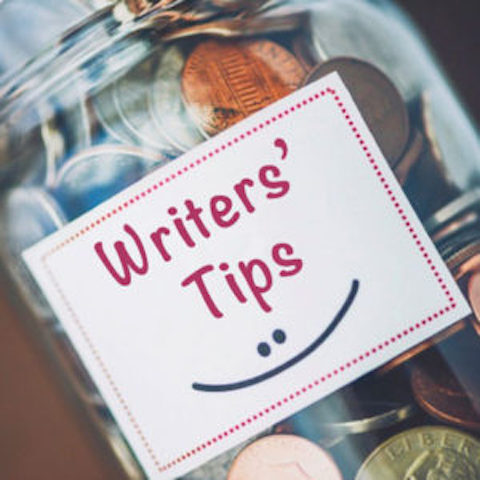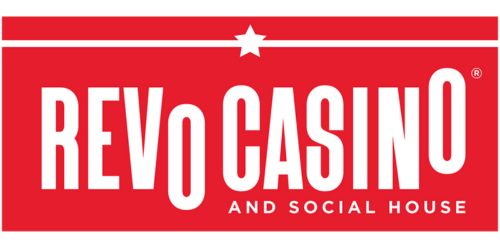Writers Tip: Get Yourself a Good Typewriter
By R.W.W. Greene
Forget creativity apps and grammar-check subscriptions; the way to Writer Nirvana is a decent typewriter. Only an ‘office piano’ has the mettle to slay the dragons (Facebook, Instagram, and Twitter) and confound the Demon of Self-Doubt. Editor’s Note: Results may vary.
Unlike the desperately versatile laptop computer, the typewriter exists solely to pound characters into the fibers of a blank page, and in that function, it excels. Its wellspring is its user’s mind, channeled through muscle, bone, skin, and cold-rolled steel. There’s no hiding a lack of progress with one of these babies. Like a forge, a typewriter at work is a clash of hot metal, audible to all. Word counts? Bah! The typewriter fiend keeps track of progress via stacks of paper, each completed page adding to the glorious weight and thickness of a work-in-progress.
I use them primarily as first-draft machines, churning forward always forward until I’ve reached The End. After the pages have had time to rest and heal, I scan them into a Google or Word document for the next round of revision.
A good typewriter can unlock a new world of writing. The Quest for Keys requires that the writer know what sort of typewriter they want, where to look and how to check the machine is in good working order.
Typewriters come in two primary colors: standards and portables. The standard model is made for heavy lifting, real industrial-level word crunching. These machines weigh in the neighborhood of forty pounds each. Portable typewriters range from nine to twenty-five pounds, perfect for carrying along to the park or lugging to local coffee shops. Standards are better left in place, but their typing mechanisms are smoother and result in less hand and wrist fatigue. Portable typewriters are cuter, easier to store, and usually less expensive, but they are more difficult to repair, and they have an annoying tendency to slide around on the desk. Some typewriter manufacturers tried to split the difference between standards and portables. Standouts among these hybrids are the Olivetti Studio 44 and the Olympia SM series.
As they are no longer commonly manufactured, most typewriters the seeker will find are pre-owned and often discarded. The quickest fix is E-Bay, an online auction house. Searching for “typewriter” on the site will result in thousands of hits, with prices ranging from a few dozen dollars to a few hundred. A good typewriter can often be found for around $30, but shipping costs will bring the total up to $60 or more. Another good site to try is ShopGoodwill.com. Part of the thrift-store chain, ShopGoodwill is home to a variety of used typewriters donated by well-meaning citizens. Quality control there is less stringent than on Ebay, however, and since there is no chance to try before buying, caveat emptor.
A better albeit slower option is to develop the habit of lawn-sale trawling. Often, typewriters can be found there for five to ten bucks. There are no shipping charges, and writers can try out a machine before forking over the cash. Also fruitful could be a plea to the universe via social media. Odds are one of your pals has one languishing in the attic.
Learning to tell working or salvageable typewriters from junk is important. Repair shops are few and far between and liable to be pricey. Look over the machine to see if it is missing keys, hammers (the metal things that hit the paper), and platen knobs. Make sure it has not been dropped or smashed. Try the keys. Don’t worry if the hammers are sticky; that’s an easy fix. Just make sure that they all work, and that the carriage responds to each hammer strike. (If the carriage does not move, check to see if a carriage lock is engaged.)
If the carriage and hammers are moving okay, take off the ribbon cover and see if the ribbon advance mechanism also is moving as the hammers strike. Dig a thumbnail into the platen (the rubber roller thing). The rubber can get too hard over time, and the hammers won’t make a good impression on the paper. (Platens can sometimes be softened with SoftScrub or sandpaper, or a couple of extra sheets of paper can be used as a cushion. )
If the typewriter ticks the boxes mechanically, lean in and take a good sniff. Old typewriters can develop a peculiar musk, or their former owners may have been smokers. If the typewriter checks out, and the price is right, buy it. If not, walk away quickly. (Unless, of course, the typewriter is so adorable that its faults can be overlooked: Hello, Olivetti Valentine!)
Fresh ribbons can be found easily through Amazon or at office-supply stores such as Staples. Put the new typewriter in a place of honor, clean it up a bit, and start writing.
In time, the writer may find that one typewriter is not enough. Relax: there are plenty more to be had, and it’s a far cheaper hobby than antique cars. There are models that type in italics, cursive script, or musical notes! Collect one in every language available! Write letters and notes and shopping lists and …
Books, short stories, and poetry. Fini.

Author
-
A New Hampshire native, Dan Pouliot earned his Bachelor of Fine Arts from UNH, and his digital works are in multiple permanent collections. He is Vice-Chair of the New Hampshire Writers’ Project. His passion for positive thinking sets the stage for his debut young adult novel, Super Human, published by PortalStar Publishing. Dan describes Super Human as The Karate Kid meets Escape to Witch Mountain.
View all posts












